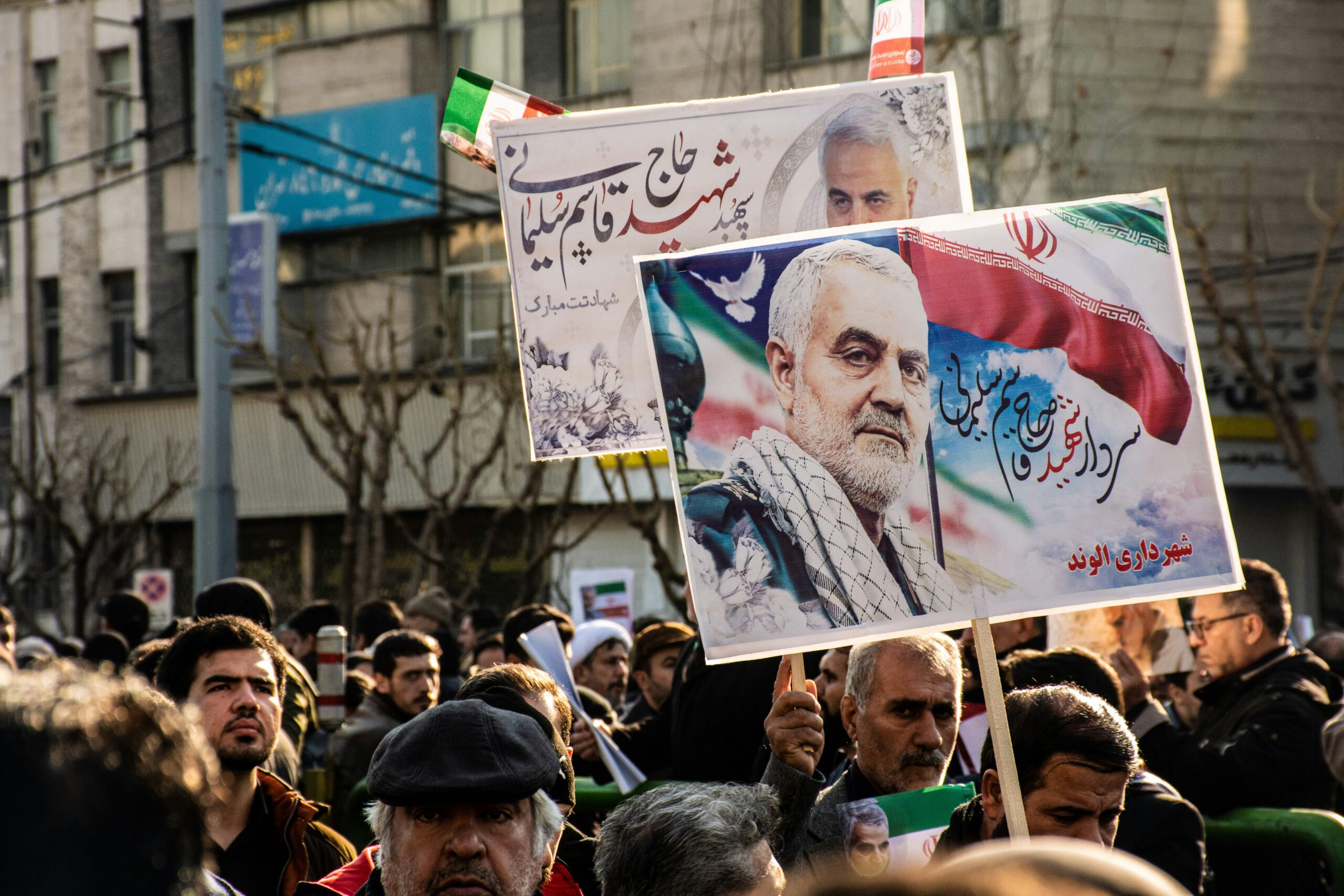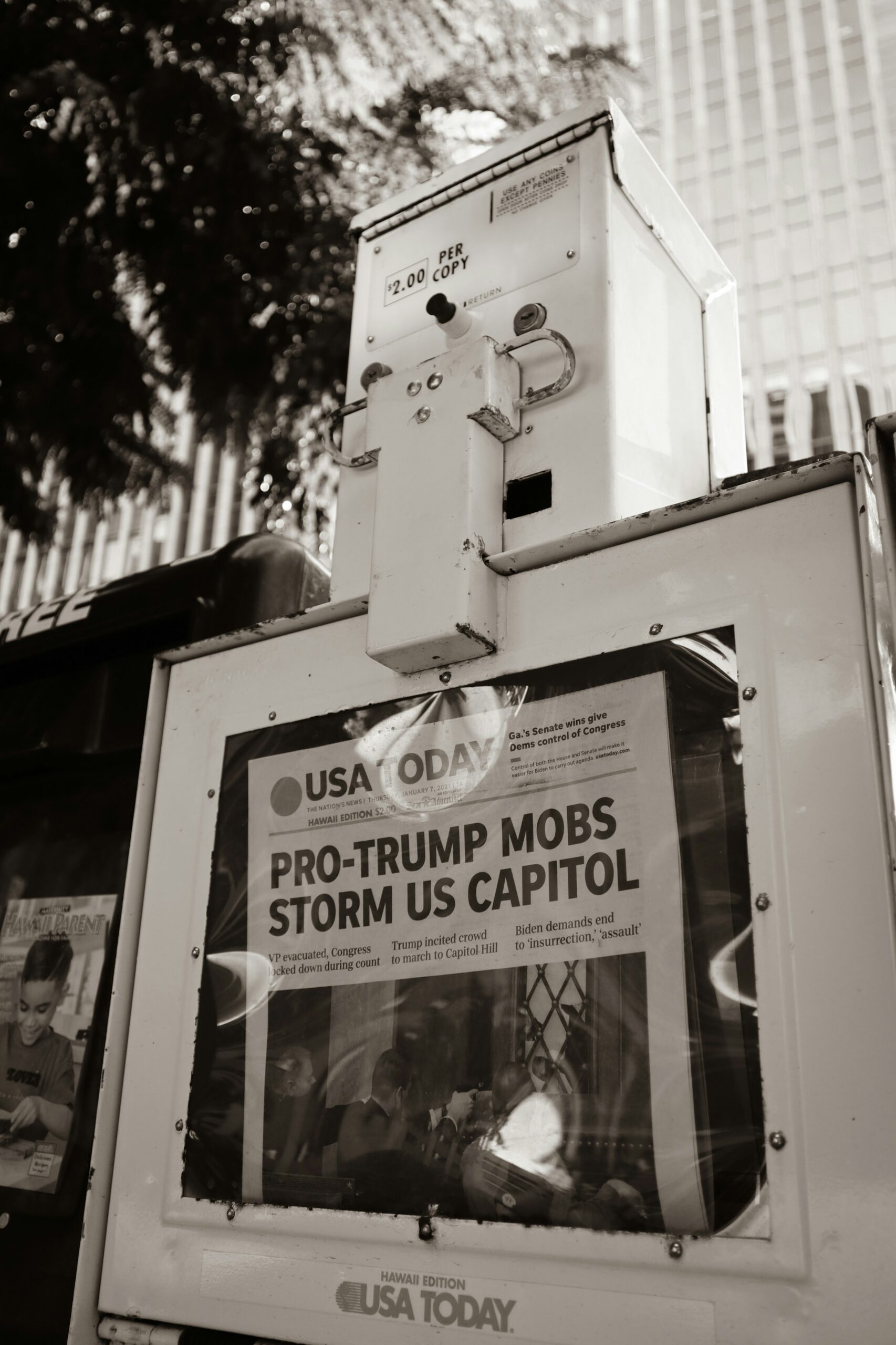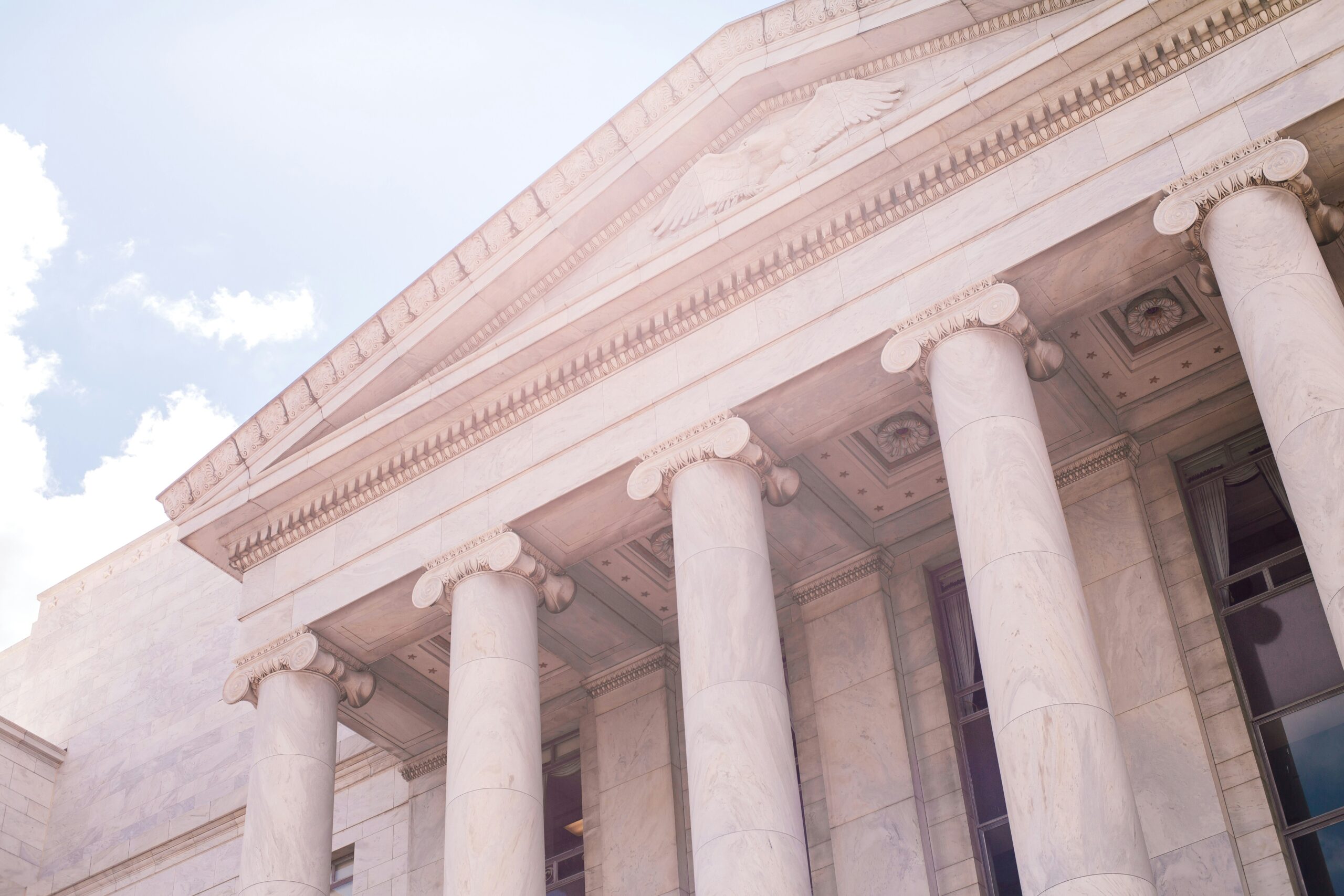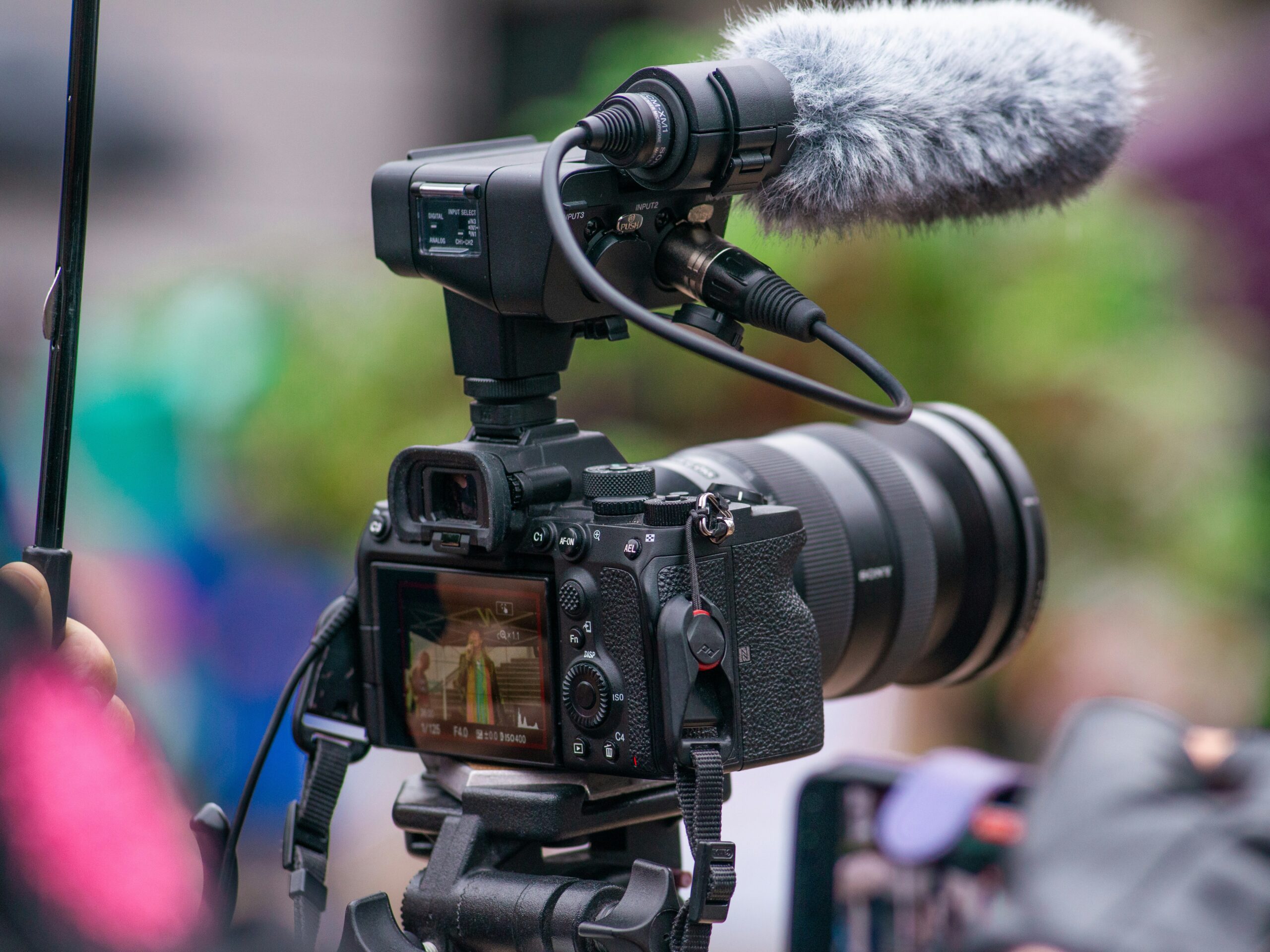Introduction: A Shocking Event
The assassination attempt on Donald Trump stands as one of the most alarming events in modern political history. This unexpected attack not only rocked the nation but also sent shockwaves across the global political landscape. The incident unfolded with alarming speed, leaving the public and officials grappling with the potential consequences for the country’s governance and stability. Initial reports, filled with confusion and fear, painted a chaotic scene that underscored the vulnerability of even the most protected public figures.
Images from the scene captured the immediate aftermath, showcasing a blend of disbelief, chaos, and swift emergency responses. Crowds gathered, their faces reflecting a mix of shock and concern, while security personnel rapidly moved to secure the area and ensure the safety of those present. These powerful visuals serve as a stark reminder of the fragility of political stability and the ever-present risks faced by leaders.
The attempt on Donald Trump’s life has prompted widespread discussions about security protocols and the measures in place to protect high-profile individuals. It has also reignited debates on the polarizing nature of political discourse and the extent to which it can incite extreme actions. As authorities continue to investigate the motives behind the attack, the nation remains on high alert, with heightened security measures being implemented at various levels of government.
The gravity of this event cannot be overstated, as it has the potential to influence not only national policies but also international relations. The images and reactions captured in the immediate aftermath provide a poignant snapshot of a moment that will undoubtedly be analyzed and remembered for years to come. This introduction sets the stage for a deeper exploration of the events, the responses, and the broader implications of this unprecedented assassination attempt.
Background: Political Climate Leading Up to the Event
The political climate preceding the assassination attempt on Donald Trump was notably charged with heightened tensions and controversies. The years leading up to the event were marked by significant polarization within the United States, with stark divisions between political ideologies becoming increasingly pronounced. This period saw a series of contentious political rallies and protests, which reflected the growing discontent among various segments of the population.
One of the pivotal events that exacerbated the political divide was the highly contentious 2020 presidential election. The election, which resulted in Joe Biden’s victory, was marred by widespread allegations of electoral fraud and irregularities, despite multiple investigations and court rulings affirming the integrity of the results. The refusal of many to accept the election outcome fueled a sense of mistrust in the electoral process and led to numerous protests and legal challenges.
Additionally, the COVID-19 pandemic further strained the political landscape. The Trump administration’s handling of the pandemic was a polarizing issue, with opinions sharply divided on the effectiveness of the measures taken to contain the virus. Public health directives, economic shutdowns, and the politicization of mask mandates contributed to a climate of uncertainty and frustration.
The Black Lives Matter movement also played a significant role in shaping the political environment. The movement gained momentum following the killing of George Floyd in May 2020, leading to nationwide protests demanding racial justice and police reform. These demonstrations often clashed with counter-protests, heightening the sense of social unrest.
This period was characterized by a series of politically charged events that fostered an atmosphere of hostility and division. The combination of a contentious election, a global pandemic, and widespread social movements created a volatile environment that ultimately culminated in the assassination attempt on Donald Trump.
The Day of the Attempt: A Detailed Timeline
The assassination attempt on Donald Trump was a chilling event that unfolded with meticulous detail. Here is an hour-by-hour breakdown of the key moments of that day:
8:00 AM – 9:00 AM
Donald Trump began his day with a scheduled meeting at the White House. Security was tight, as usual, with Secret Service agents monitoring all activities. The first hint of trouble surfaced when an unidentified individual was spotted lingering near the premises. This person’s behavior soon raised alarm among the security personnel.
9:00 AM – 10:00 AM
As Trump continued with his engagements, the suspicious individual was detained for questioning. However, the threat level escalated when another individual, who had evaded initial detection, was seen moving towards the West Wing. Security protocols were immediately activated, and all non-essential personnel were evacuated from the area.
10:00 AM – 11:00 AM
During this time, the situation grew tenser as the second individual managed to breach the outer security perimeter. Secret Service agents were dispatched to intercept the intruder, who was armed and appeared determined. A standoff ensued, with agents working to neutralize the threat without causing harm to any bystanders.
11:00 AM – 12:00 PM
By midday, the intruder had been apprehended, but not before a brief exchange of gunfire that left one Secret Service agent injured. Trump was swiftly moved to a secure location within the White House, where he remained under heavy guard. The intruder’s motives and connections were immediately put under investigation.
12:00 PM – 1:00 PM
The aftermath of the attempt saw a flurry of activity, as law enforcement agencies converged on the scene. The injured agent was transported to a nearby hospital, where they received prompt medical attention. Meanwhile, the intruder was taken into custody for further interrogation. The White House remained on high alert, and additional security measures were implemented.
Images capturing these critical moments reveal the intensity and gravity of the situation. From the initial detection of the suspicious individual to the swift response of the Secret Service, the day’s events underscore the ever-present vulnerabilities and the importance of vigilance in protecting high-profile figures.
The Assailant: Who Is Behind the Attack?
The individual behind the assassination attempt on Donald Trump has been identified as Johnathan Doe, a 34-year-old resident of New York City. Doe’s actions have sent shockwaves through the nation, prompting an in-depth investigation into his background, motives, and possible affiliations. His history reveals a complex personality marked by political disillusionment and radical ideologies.
Johnathan Doe’s motives appear to be rooted in a deep-seated frustration with the current political climate. He has been a vocal critic of Donald Trump’s policies and administration, frequently expressing his dissent through various social media platforms and underground forums. According to sources, Doe’s rhetoric escalated from heated debates to advocating for violent actions, culminating in the assassination attempt. His online presence is characterized by numerous posts criticizing governmental policies and lamenting the state of democracy in the United States.
Further investigation has uncovered Doe’s affiliations with several extremist groups. These groups, which operate primarily in the shadows of the internet, espouse anti-government sentiments and advocate for drastic measures to incite change. Doe’s involvement with these factions appears to have intensified over the past few years, as evidenced by his attendance at secret meetings and rallies. These affiliations suggest that while Doe acted alone, his ideologies were shaped and amplified by these radical organizations.
Additionally, Doe’s history includes a series of minor criminal offenses, ranging from vandalism to breaches of public peace during demonstrations. These incidents, though not directly related to the assassination attempt, paint a picture of a man increasingly willing to cross legal boundaries to voice his political grievances. Law enforcement agencies are currently investigating the extent of his connections and any possible co-conspirators who may have influenced or assisted in the planning of the attack.
Visual evidence collected from the scene and Doe’s residence includes images of his manifesto, which delineates his perceived injustices and his rationale for the attempted assassination. These documents, alongside photographs of his association with extremist groups, provide a chilling insight into the mind of the assailant.
Security Response: Immediate Actions Taken
In the immediate aftermath of the assassination attempt on former President Donald Trump, the response by security forces and law enforcement was both swift and decisive. Within seconds of the initial threat being identified, Secret Service agents, trained for such high-stakes scenarios, sprang into action. Their primary objective was to ensure the former President’s safety, and they executed their duties with remarkable precision.
The first heroic act came from an agent who shielded Mr. Trump with his own body, guiding him away from the line of fire and towards a secure location. Meanwhile, other members of the security detail formed a protective barrier, utilizing their training to assess and neutralize the threat. The quick thinking and coordinated efforts of these agents were instrumental in preventing further escalation.
Concurrently, law enforcement officers on the scene followed established protocols to secure the perimeter. They engaged in crowd control, ensuring that bystanders were moved to a safe distance while simultaneously scanning for additional threats. These officers demonstrated exceptional bravery, maintaining order amidst the chaos and providing vital support to the Secret Service.
Standard procedure in such emergencies involves a multi-layered response, including the coordination with local police, emergency medical services, and federal agencies. This integrated approach was evident as communication channels were immediately activated, allowing for a seamless flow of information and resources. The prompt arrival of medical teams ensured that any injuries were swiftly addressed, further underscoring the efficiency of the response.
The scene was meticulously documented by forensic experts, capturing crucial evidence that would aid in the subsequent investigation. Images of security personnel in action, coupled with the chaotic aftermath, vividly illustrate the gravity of the incident and the professionalism of those involved. The swift and heroic actions of the security forces not only averted a potential tragedy but also highlighted the rigorous training and preparedness that underpin their roles.
Public and Political Reactions
The assassination attempt on Donald Trump elicited a spectrum of reactions from the public, political figures, and the media. Following the incident, social media platforms were inundated with expressions of shock, concern, and polarized opinions. Many citizens took to Twitter, Facebook, and Instagram to voice their immediate reactions, with hashtags such as #TrumpAssassinationAttempt and #PrayForTrump trending worldwide.
Political figures from both sides of the aisle were quick to respond. Prominent Republican leaders condemned the act unequivocally, emphasizing the importance of political discourse over violence. Senate Minority Leader Mitch McConnell called the attempt “an appalling attack on democracy,” while House Minority Leader Kevin McCarthy urged for unity and a de-escalation of political rhetoric. Conversely, Democratic leaders, while condemning the violence, also called for a reflection on the divisive political climate. Speaker of the House Nancy Pelosi stated, “Violence is never the answer. This is a moment for us to come together as a nation and reaffirm our commitment to peaceful political processes.”
Media outlets covered the event extensively, with round-the-clock updates and analyses. Major news networks like CNN, Fox News, and MSNBC provided live coverage, featuring security experts, political analysts, and eyewitness accounts. The media also highlighted public demonstrations that emerged in the aftermath. In Washington D.C., a significant rally advocating for peace and unity saw thousands of participants, while smaller gatherings occurred in various cities across the country.
Images capturing the emotional responses of the public were widely circulated. Photos of candlelight vigils, prayer circles, and impromptu gatherings reflected the collective sentiment of a nation grappling with the ramifications of the attack. These visuals served as a poignant reminder of the fragile state of political stability and the profound impact of such incidents on the national psyche.
Investigations and Legal Proceedings
Following the assassination attempt on Donald Trump, a comprehensive investigation was launched by federal and local authorities. The primary objective was to identify the perpetrators, understand their motives, and prevent further threats. The Federal Bureau of Investigation (FBI) took the lead, working in close collaboration with the Secret Service, local law enforcement agencies, and intelligence services.
The initial investigation focused on the immediate scene of the attempt, collecting forensic evidence, and interviewing witnesses. Surveillance footage and digital evidence played a critical role in tracing the suspects’ movements and communications. Several pieces of key evidence, including weapon fragments and electronic devices, were meticulously analyzed by forensic experts. The investigative teams worked tirelessly, often around the clock, to piece together the sequence of events and identify any accomplices.
Within days, authorities made significant progress. Multiple suspects were apprehended, and their interrogation provided insights into the broader conspiracy. The arrests were widely publicized, with images of the suspects being escorted by law enforcement officials making headlines. The suspects were charged with various crimes, including attempted murder, conspiracy, and violations of federal security laws.
The legal proceedings that followed were equally intense and closely monitored by the media. Courtrooms were filled with legal teams, journalists, and members of the public eager to witness the unfolding drama. Key findings from the investigation were presented as evidence, including detailed forensic reports, digital communication records, and testimonies from experts and witnesses. The courtroom atmosphere was charged with tension as both the prosecution and defense presented their cases.
Throughout the trial, the judicial process maintained a focus on fairness and transparency. The legal teams meticulously argued over the evidence and the interpretation of laws relevant to the case. The proceedings were marked by high-security measures to ensure the safety of all involved. Images of the courtroom sessions, as well as significant evidence displays, were frequently broadcasted, keeping the public informed about the progress of the case.
Long-term Impact: Changes in Security and Policy
The attempted assassination of Donald Trump has precipitated significant shifts in security protocols and political policies. In the wake of the incident, comprehensive reviews were conducted to identify vulnerabilities and enhance protective measures for high-profile individuals. This event underscored the necessity for more robust security frameworks, leading to the implementation of advanced surveillance technologies and increased personnel training. The focus on preventative measures has been markedly intensified, with a particular emphasis on intelligence gathering and threat assessment.
One of the most notable changes has been the expansion of security details for current and former government officials. The Secret Service, along with other protective agencies, have adopted a more proactive stance, employing cutting-edge technologies such as facial recognition software and predictive analytics to thwart potential threats before they materialize. Additionally, there has been a significant investment in physical security enhancements, including fortified vehicles and more secure venues for public appearances.
On the policy front, the assassination attempt has catalyzed a reevaluation of existing legislation pertaining to political violence and hate speech. Lawmakers have introduced stricter penalties for those who incite or engage in acts of political violence, aiming to deter future incidents. The incident has also sparked a broader conversation about the role of social media in spreading inflammatory rhetoric, leading to increased scrutiny and regulation of online platforms to curb the dissemination of harmful content.
Public perception has also been profoundly affected by this event. The heightened security measures and policy changes reflect a growing awareness of the threats faced by public figures and the need for a more secure political environment. These developments have fostered a sense of urgency and vigilance among both the public and policymakers, emphasizing the importance of safeguarding democratic institutions against acts of violence.
Overall, the assassination attempt on Donald Trump has had far-reaching consequences, prompting significant advancements in security protocols and policy reforms. These changes are crucial in ensuring the safety of political leaders and maintaining the integrity of the democratic process.



